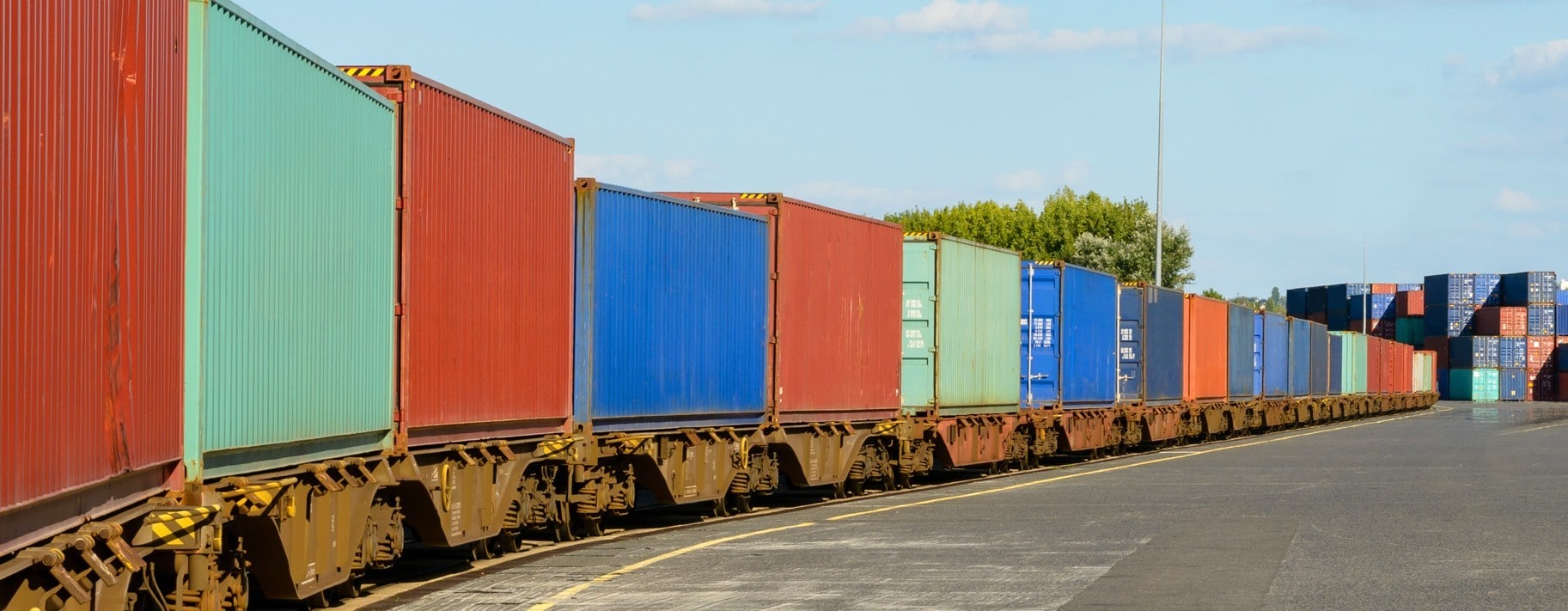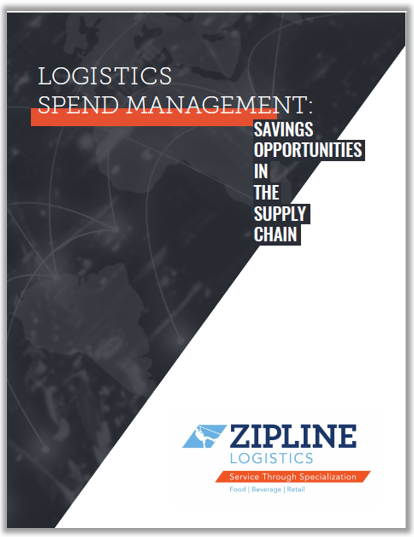
Intermodal transportation, or intermodal shipment, is the use of multiple modes to execute the movement of freight. It is growing in popularity as an alternative to the singular use of truckload.
Two of the biggest reasons intermodal shippers are using intermodal transportation methods are lower cost per mile for many long-haul lanes, as well as more consistent service.
-
- Lower Costs: The longer the distance traveled by rail, generally, the lower per-mile rate. It’s at roughly 700 miles when intermodal shows significant cost savings over truckload. Businesses can save hundreds of dollars per shipment if able to dedicate extra time for transit.
- More Consistent Service: Since trains run on a set schedule and with fixed routes, there is less variability in pick-up and delivery times as compared to truckload. Rail is also not as easily influenced by weather conditions and can typically keep moving through heavy rain, fog, and snow.
Despite this, many logistics professionals are intimidated by intermodal transportation because of the unknowns with how the process and pricing work.
We’re here to share that it’s not difficult to get started with intermodal transportation. But that there are a few things you should know about pricing before jumping in.
Intermodal Rates and Intermodal Quotes
While intermodal transportation has operational differences to truckload, rates are typically structured and calculated the same way by your freight brokerage services.
Just as with most full truckload agreements, a rail shipment’s costs are calculated based off a cost per mile, or flat rate. For rail, this flat rate is determined by the ramp to ramp distance and available capacity on the line haul.
Intermodal rates can get more complicated once secondary modes and storage fees are incorporated. This is why many shippers chose to work with 3PLs for intermodal execution. 3PLs can bundle costs into a singular price, taking the complexity out of the equation.
Intermodal Shipping
Looking at how an intermodal shipment is executed explains a lot about how the rates are structured; there is a lot going on behind every shipment that directly affects costs. In addition to the line-haul rate, here are other costs tied into intermodal spend:
-
- Drayage fees
- Distance from ramp
- Storage, time-on-site
- Detention fees
Drayage Services
Drayage is an added cost that carriers must account for when quoting an intermodal rate. Drayage is defined as the transport of goods over a short distance. It involves using equipment to move a shipping container from either a ship or rail line and transferring it to a yard for storage or to a truck for delivery.
The distance of the haul made by each drayman will affect costs and needs to be accounted for. In other words, the mileage from the final delivery location to the closest ramps are important. This can limit what companies can use intermodal cost-effectively. The closer a consignee location is to a ramp, the more cost-effective using intermodal will be.
Intermodal Freight Terminals
There are also costs associated with using containers and space at rail yards. Depending on how quickly you can move cargo in and out of the facility, you may incur added charges. All carriers grant a varying amount of free days, then charge for storage on a per-day basis for any time beyond what was negotiated. A number of free days provided and the cost for storage will vary from one provider to another.
Storage and Detention Charges
Carriers must budget a fixed amount of time for the equipment to be on-site in their rate. At some point, however, it will run out and charges will begin to add up. Storage charges are for excess use of time or space at a yard. Not paying attention or knowing the length of time equipment can be kept on-site can be expensive, costing hundreds of dollars a day when it runs out.
Shippers can also face penalties or detention if it takes too long to load drayage carriers. Essentially, if a driver must use up hours of service waiting at a yard, they can charge a fee to make up for the lost income potential.
Like most things logistics related, any added fees and “free time” extensions can be negotiated and a service provider’s willingness to provide breaks depends on overall shipping volume.
—
Companies considering intermodal shouldn’t let the unknown prevent them from taking a closer look. While operationally more complex in some ways, the upside in terms of both cost and service can be considerable. Additionally, when working with a 3PL, they can make negotiations on your behalf and bundle intermodal pricing, keeping transactions uncomplicated.
Interested in an Intermodal Quote or Shipping Intermodal?
Reach out for an intermodal shipment quote today
See other parts of this series where we share what goes into quoting different modes of transportation; Truckload and LTL.
You May Also Be Interested in Reading…
- OTR vs Intermodal: Which Shipping Strategy is Right for You?
- Six Advantages of Rail Transportation
- Benefits of Partnering with a Non-Asset Based 3PL for Intermodal
- Converting Truck to Rail
 | Logistics Spend Management: Savings Opportunities in the Supply Chain Looking to reduce your transportation spend? Check out our eBook for advice on how to identify untapped logistics savings opportunities. |